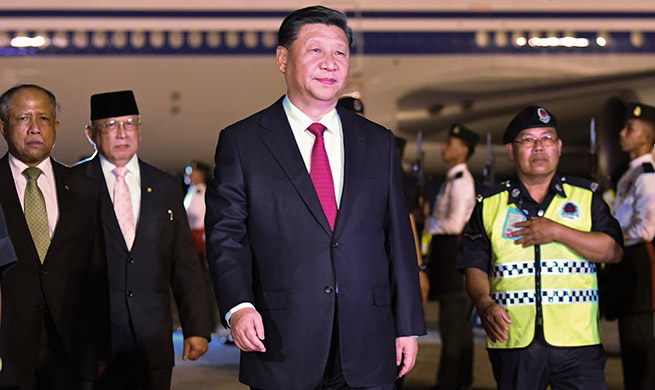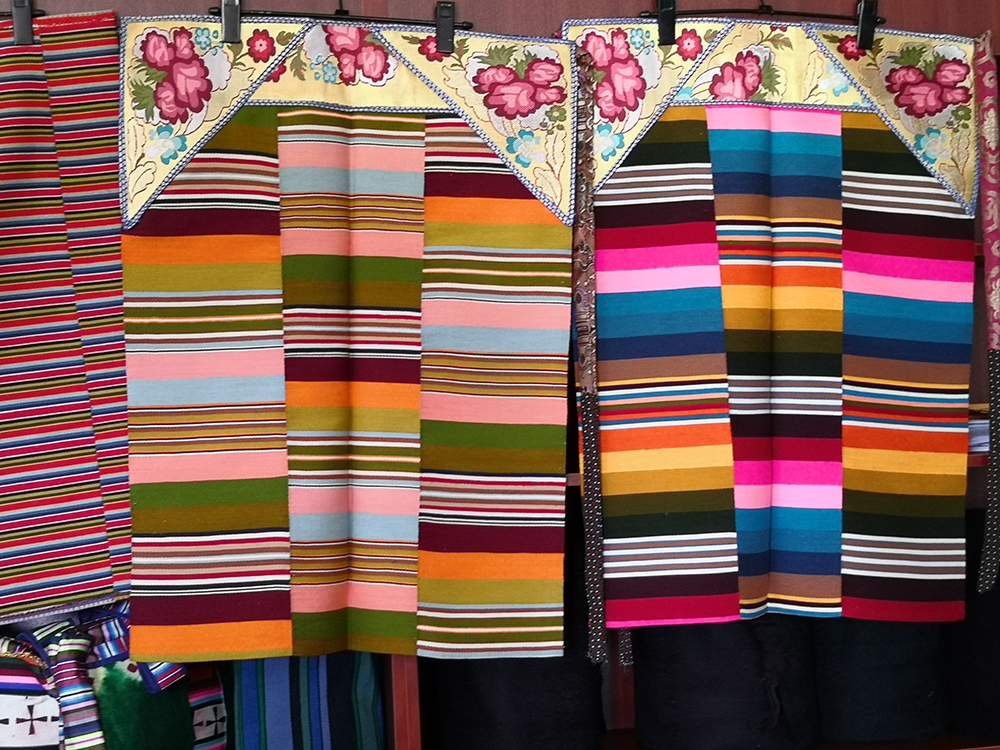Seminar in Chongqing assesses progress in Tibet
More than 20 professors and experts from home and abroad focused on Tibet's social development and human rights over the last few decades during an event on Monday.
The Online Side Event of the 44th session of the United Nations Human Rights Council International Conference on Social Development and Human Rights Protection in Tibet was in held at Southwest University of Political Science and Law in Chongqing.
Speakers were from the China Society for Human Rights Studies. The event was organized by the university.
Muhammad Iqbal, an attending lawyer from the Awana Law Association in Pakistan, said the old Tibet before 1959 had been under a feudal system for hundreds of years, and more than a million serfs suffered from cruel exploitation and oppression. All property was owned by three great feudal lords.
"More than 99.7 percent of the land was owned by the feudal lords, and more than 90 percent of civilians were in debt," Iqbal said, adding that the region's democratic reforms in 1959 liberated the serfs from the dark system, and they were provided with land, farming tools, livestock and other means of production.
Tang Li, vice-president of the university, said social development is a barometer for measuring the progress of human rights.
"Over the past 60 years since Tibet's democratic reform, it has achieved tremendous change in various aspects. The great changes over a few decades surpass the changes of a thousand years," he said.
"Since the 18th National Congress of the Communist Party of China, President Xi Jinping has attached great importance to the development of Tibet. A series of preferential policies were enacted to enhance the region's development, and together with the rest of the country, Tibet will step into a moderately prosperous society by end of 2020," Tang said.
Haile, associate dean of the law school at Debray Marcos University in Ethiopia, said there was no modern medical institution in Tibet before the region's democratic reform in 1959. Traditional medicine only served the upper class and the monasteries. Serfs, slaves and their dependents had very little access to medical care, and women were not given proper human rights.
After the region's democratic reform, the government established a network of health care for women and children across the region. Hospitals with female Tibetan doctors, nurses, and laboratory technicians were established.
"Tibet now has more than 1,339 hospitals and clinics, 23 times the number in 1959. The employment rate for women in health care institutions reached around 70 percent. And the average life expectancy in Tibet has risen from 35.5 to 70 years," Haile said.
Your Comment
Name E-mail






